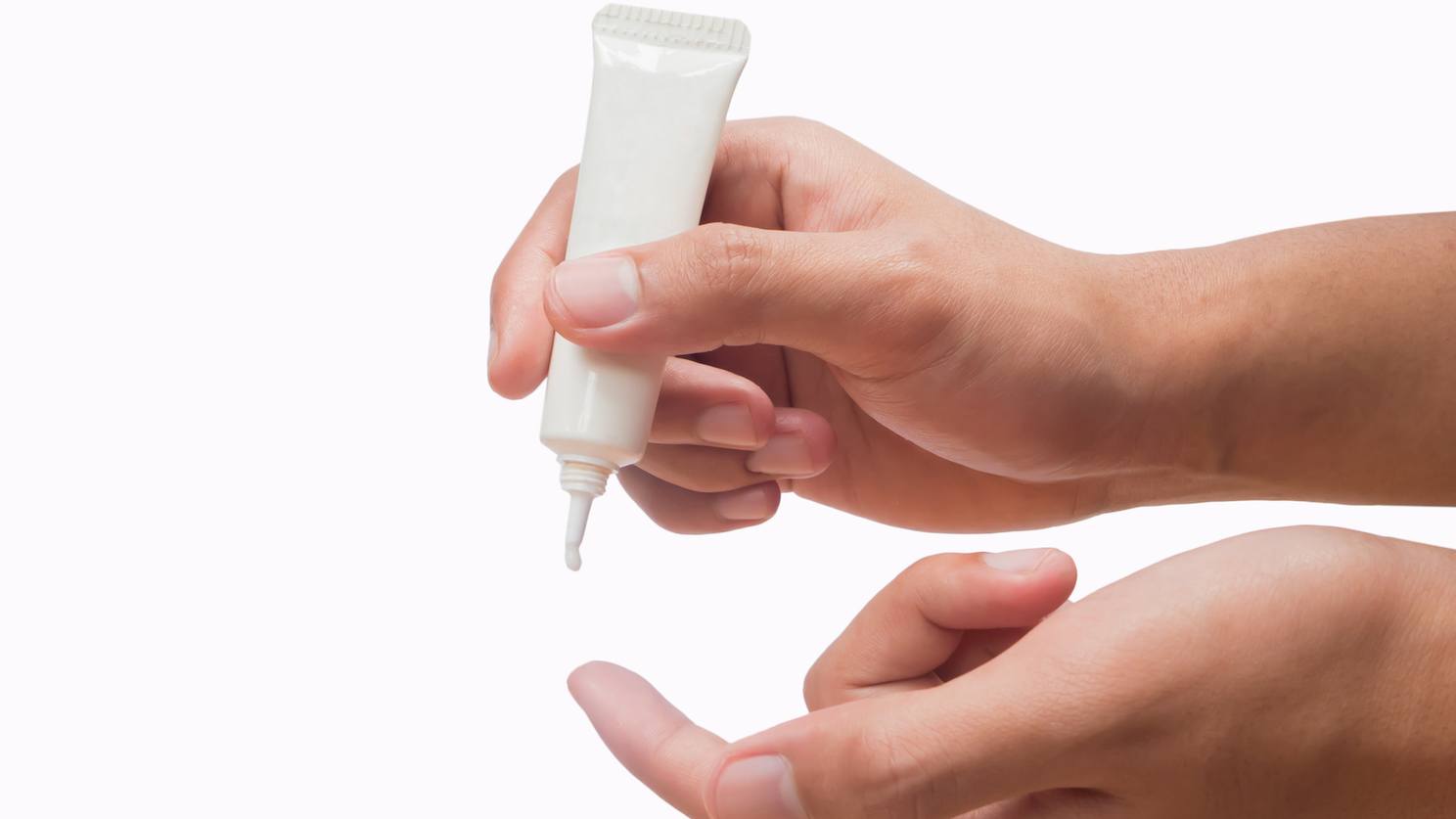We had a wonderful time networking with colleagues at the AAFPRS (American Academy of Facial and Plastic Reconstructive Surgery) symposium in NYC last month. Gatherings like these keep everyone up to the minute on emerging treatments that can help patients achieve their aesthetic goals.
One of the conference highlights was a lecture by Dr Jonathan Sykes on a facial rejuvenation technique that uses an established product in a new way. Dr Sykes is Director of Facial Plastic and Reconstructive Surgery at UC Davis Medical Centre in Sacramento, California and a leader in minimally invasive aesthetic and laser surgery. He is also a nationally recognised educator. We’d like to share what we learned from him, as well as some post-conference information we recovered on our own.
It’s good news for needle-phobes who are interested in the benefits of cosmetic injectables, and for anyone looking for an alternative to the frozen look that can result when someone injects you who doesn’t know what they’re doing. After a 30-minute session with your doctor, you leave with no bruising, no swelling, and no little red dots!
Here’s what’s just around the corner in wrinkle treatment…
Gel Formulation of Cosmetic Injectible
Dr Sykes explained that the active ingredient in the gel, just like the injectable, is a neurotoxin. It relaxes muscles by blocking the release of a neurotransmitter known as acetylcholine. It’s applied by your doctor directly to the skin and wiped off after 30 minutes.
It’s important to note that the gel is a drug rather than a skin cream, so patients would only undergo the treatment at a physician’s office. The gel contains the muscle relaxant along with a proprietary carrier peptide that transports it to the muscles beneath the skin.
Gel Injectible Test Results
For two years now, researchers have been testing a gel formulation of the popular cosmetic injectable that is used to relax wrinkles. The results have been promising. During clinical studies conducted in 2012
- 89% of participants saw improvement in crow’s feet
- Participants had no significant side effects
- The results lasted for an average of 113 days
Not Yet Available
In addition to softening the appearance crow’s feet around the eyes, the gel is being studied to treat excessive sweating. There are also plans to investigate its use for acne and rhinitis (nasal problems).
While crow’s feet are on notice, the jury is still out whether it will be a good option for areas where the muscles are stronger or the skin thicker.
To date, the gel has not received approval from the FDA in the U.S. or any other regulatory agency. No one will say yet when the gel will be available, or how much it will cost. What they will say though is that it will only be available at a qualified practitioner’s office.
